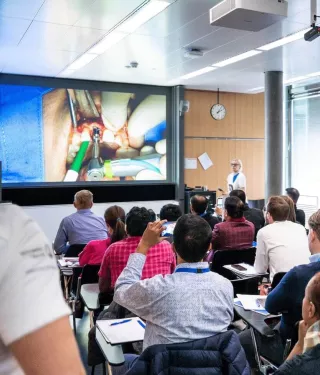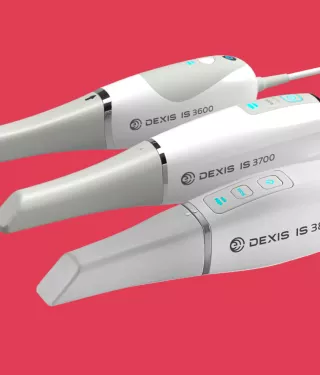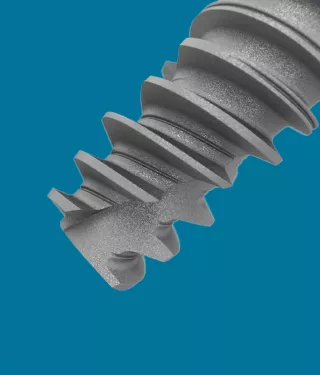
Envista Summit
The Envista Summit is designed to help you rise to the next level of dentistry innovation.

Transforming
people’s lives
for 25 years

Education & events
Your professional development never stops.

Clinical cases
See how our solutions change patients' lives.
Clinical solutions
All Nobel Biocare products are firmly rooted in two core foundations: science and innovation.
Lab solutions
Precision-engineered and manufactured solutions.

DEXIS™ IS intraoral scanners
Put world-class scanning functions in your hands
Submission portal
Submit your documented clinical case for the chance to have it featured in our clinical case gallery.

Zurich Digital Days
A unique experience made just for you.
“I love to work with TiUltra™. We can be successful in the bone, but at the same time, successful in the soft tissue.”
Get Nobel Biocare products, supplies, and courses directly from our store.

Questions? Just ask.
If you can’t find what you’re looking for or need additional information, we want to hear from you.



